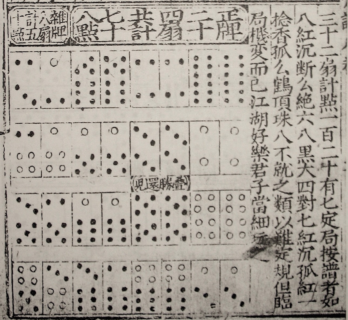Eine Kulturgeschichte der Zahlen: von Orakelknochen und Big Data

In this seminar Prof. Bréard presents a cultural and epistemological approach to the numerical and numerological significance of numbers in divinatory texts and other contexts in early and late imperial as well as modern China. As an overarching theme, readings and discussions will address “Numbers and Narratives”, outlining a cultural history of quantification that examines how numbers were functionally embedded, visualized, and instrumentalized in scientific, political, historical, literary, and para-scientific discourses, narratives, and argumentation. Narratively processed, numbers are discursively used as a literary stylistic device for purposes of persuasion or plausibilization. That everything was a number and therefore calculable was not only a Pythagorean maxim; numbers also had a life of their own in China. There, however, the qualities of numbers were not only determined by the laws of nature or by analogies, but also constructed narratively or argued by complex systems of correspondence, and this without breaking with tradition. The persistence of numbers as an expression of the world gave rise to anti-superstition campaigns in China since the dawn of modernity, as well as to the highest rates of Caesarian sections on particularly auspicious dates.
